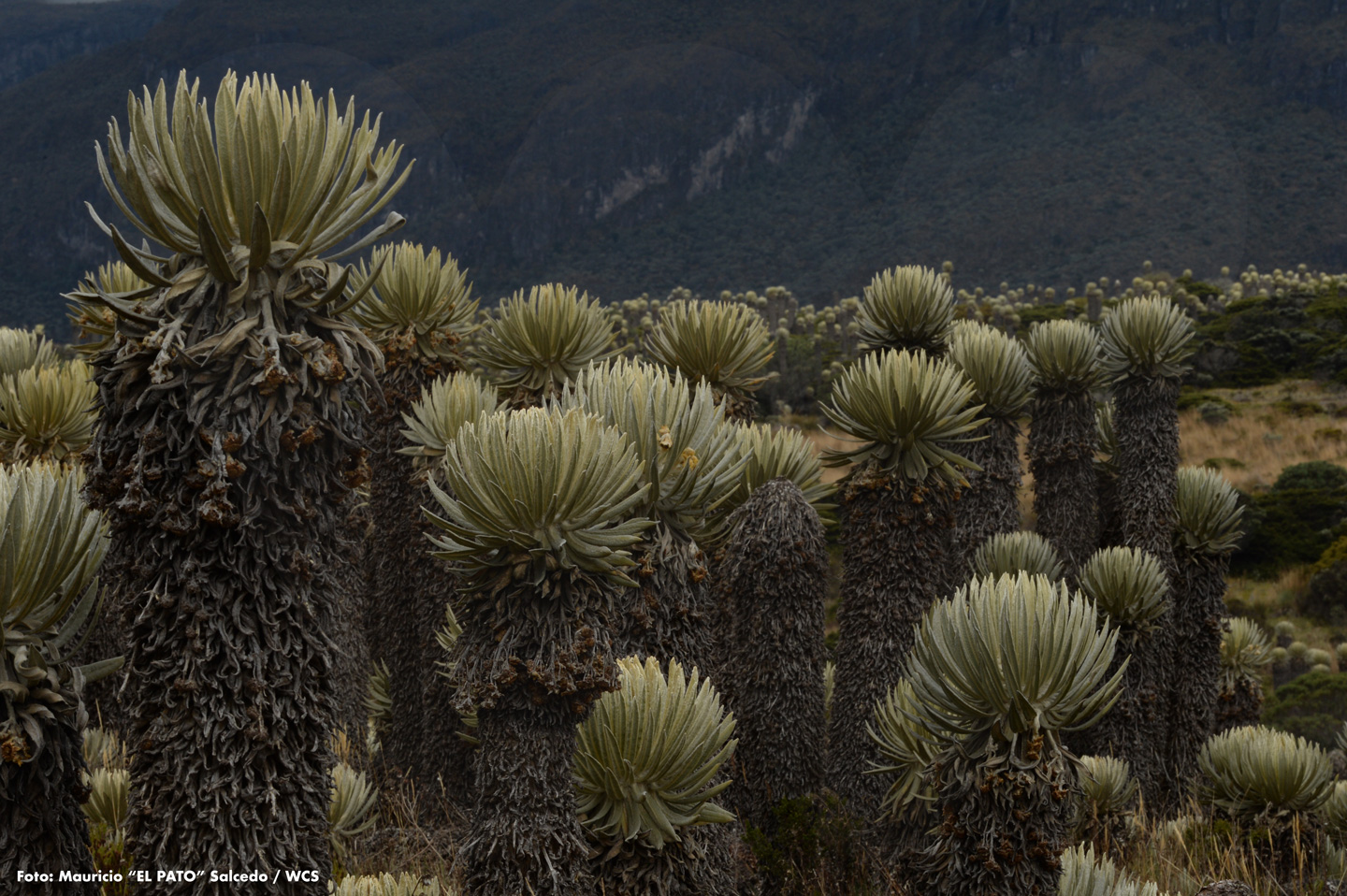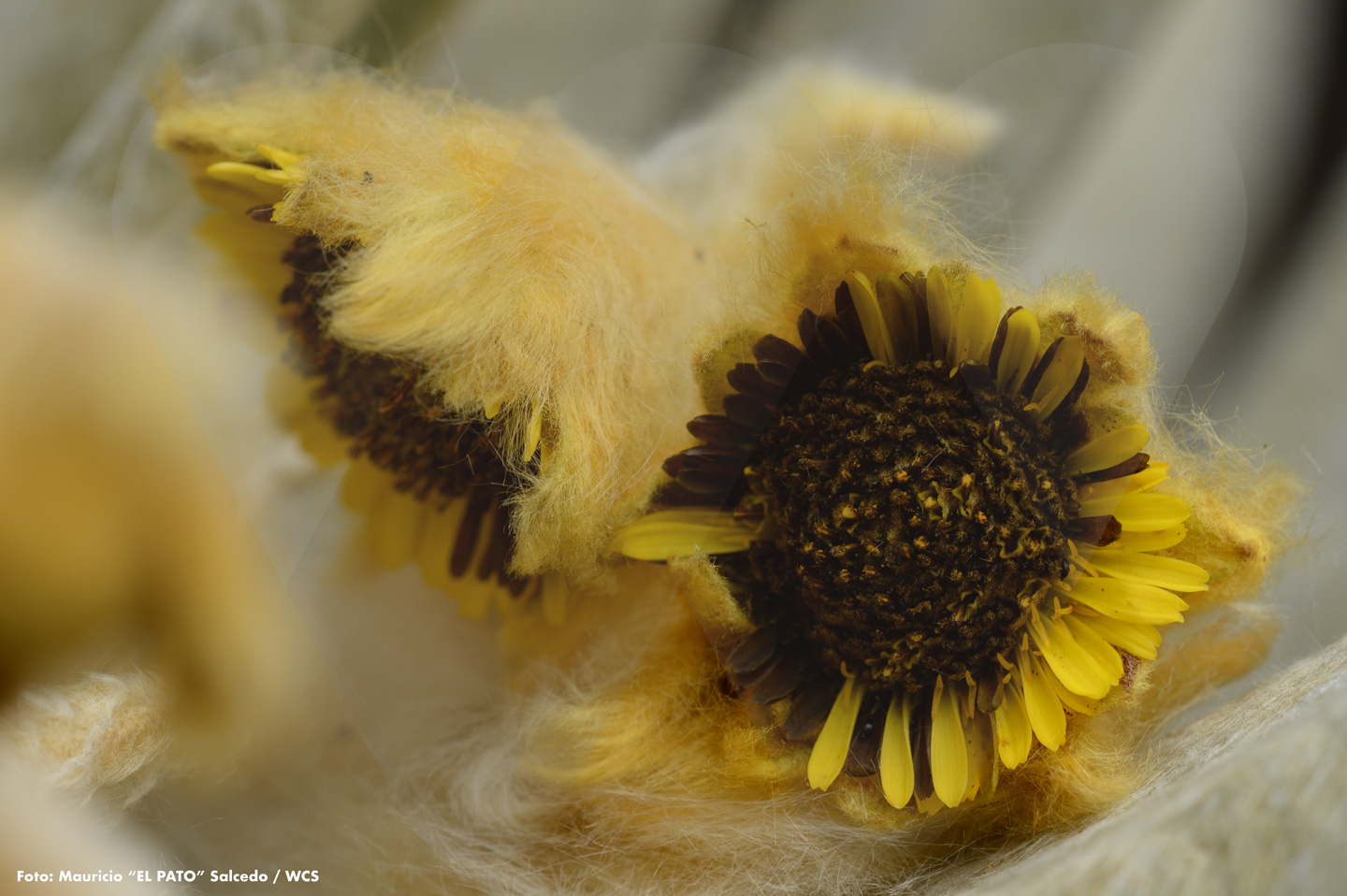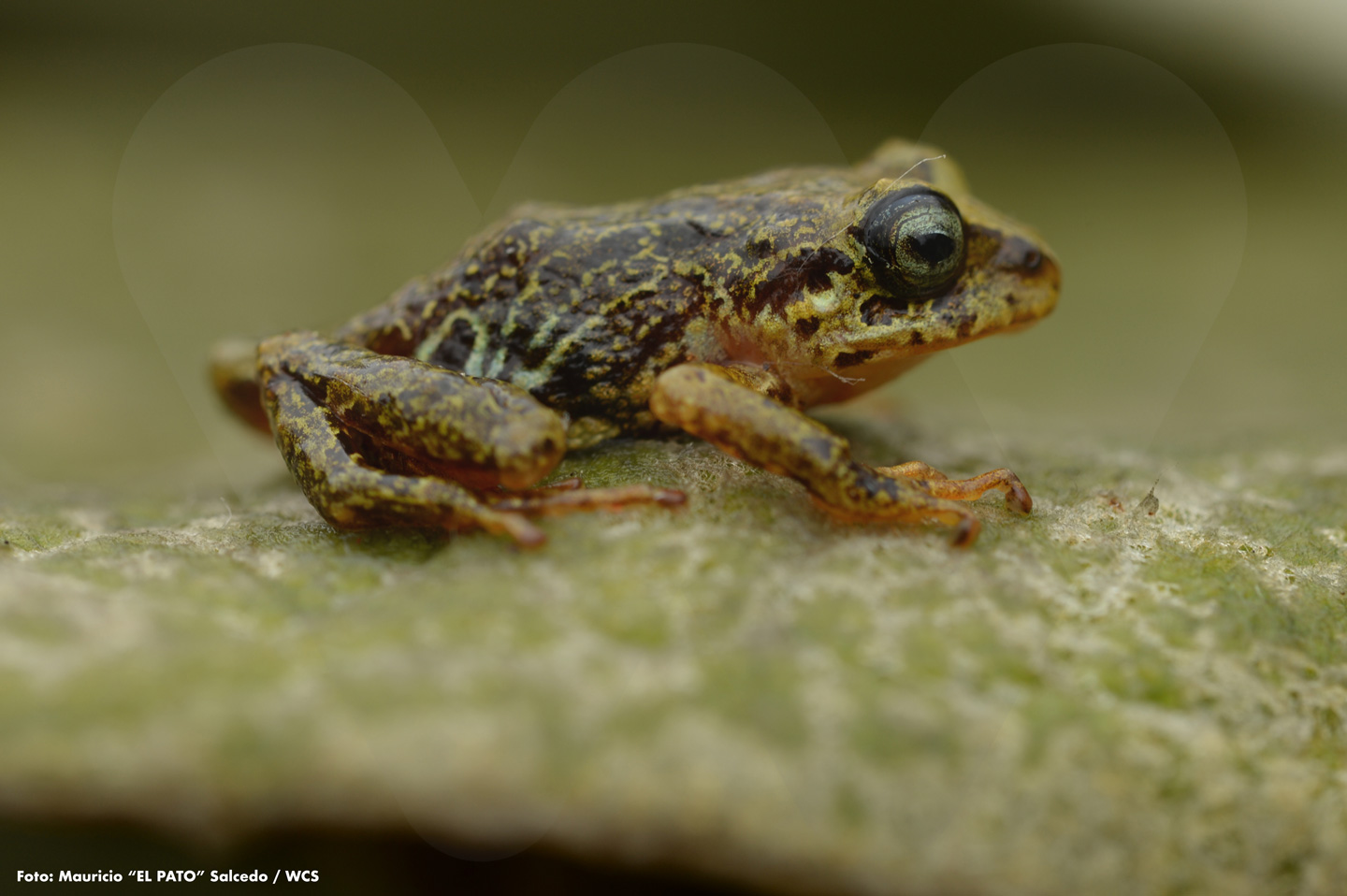 Their Homes
Their Homes
The 144 known species of frailejones (1) are found exclusively in Venezuela, northern Ecuador, and Colombia. In Colombia alone, 88 of these species live, making the country, according to the Humboldt Institute (2), the region with the greatest diversity of these plants. Their presence spans the highest parts of Colombia’s Andes: the three mountain ranges (Eastern, Central, and Western) and the Sierra Nevada de Santa Marta. Frailejones are linked to very specific habitats in terms of soil and vegetation types and belong to the same family as sunflowers and daisies.
 The Flowers
The Flowers
If there is one striking feature of frailejones, it is their flowers. These are accompanied by a structure called the palea, which can be thought of as a kind of poncho that protects them from the cold. While we usually associate frailejón flowers with the color yellow, some species also bear reddish or white flowers. In Colombia, the peak flowering period for these plants occurs between July and August, although some individuals also bloom at the beginning of each year, around February (1).
 Frailejones and National Natural Parks
Frailejones and National Natural Parks
Forty-seven species of frailejones inhabit Colombia’s nationally protected natural areas. One of these is the species shown in this image, scientifically known as Espeletia uribei. It lives exclusively in Chingaza National Natural Park and its surroundings, in the departments of Meta and Cundinamarca, between 2,740 and 3,520 meters above sea level (3). This particular frailejón is quite remarkable, as individuals can grow up to 10 meters tall. Additionally, it belongs to the group that does not shed dead leaves on its stems, a relatively rare trait.
 The Leaves
The Leaves
They are covered by what we might describe as a kind of woolly garment, a mechanism that helps protect them from the cold. In some cases, as years pass, this covering gradually disappears. In most frailejón species, dead leaves remain attached to the stem. This strategy helps the plant maintain a warmer temperature and also allows it to reabsorb certain nutrients still present in the dead material. It is worth adding that these plants have leaves of various shapes.
 Ecosystem Services
Ecosystem Services
Those frailejones whose stems are covered with dead leaves act like a building that provides shelter and food to many insects — scientific studies mention (4) around 150 species. Additionally, as the paramo mist passes over the mountain, the frailejones capture moisture and form small droplets that gradually drip down and saturate the paramo soils. In this way, these beautiful plants play a crucial role in capturing and supplying the much-needed water resource.
______________________________________________________________________________________
(1) B.V. Rodríguez, personal communication, September 28, 2020.
(2) Alexander von Humboldt Biological Resources Research Institute (2016). Frailejones of Colombia. 2,900 records contributed by: Castellanos, C. (Resource Contact), Diazgranados, M. (Resource Creator, Author, Metadata Provider). Available at: http://i2d.humboldt.org.co/ceiba/resource.do?r=rrbb_colombia_espeletias_2017
(3) Rodríguez-Cabeza, B.V. 2017. Protocol: Generation of baseline information on the conservation value of frailejón systems in Colombia’s National Natural Parks and their influence zones. Research and Monitoring Subprograms. Planning and Management Group. Subdirectorate of Protected Area Management. National Natural Parks of Colombia. Bogotá D.C. 56 pages.
(4) Diazgranados, M. 2015. A biological perspective on the páramos surrounding the Bogotá savanna. In: E. Guhl (Ed.). The páramos surrounding the Bogotá savanna, pp. 175–205. Bogotá Botanical Garden.
Traslated with AI support